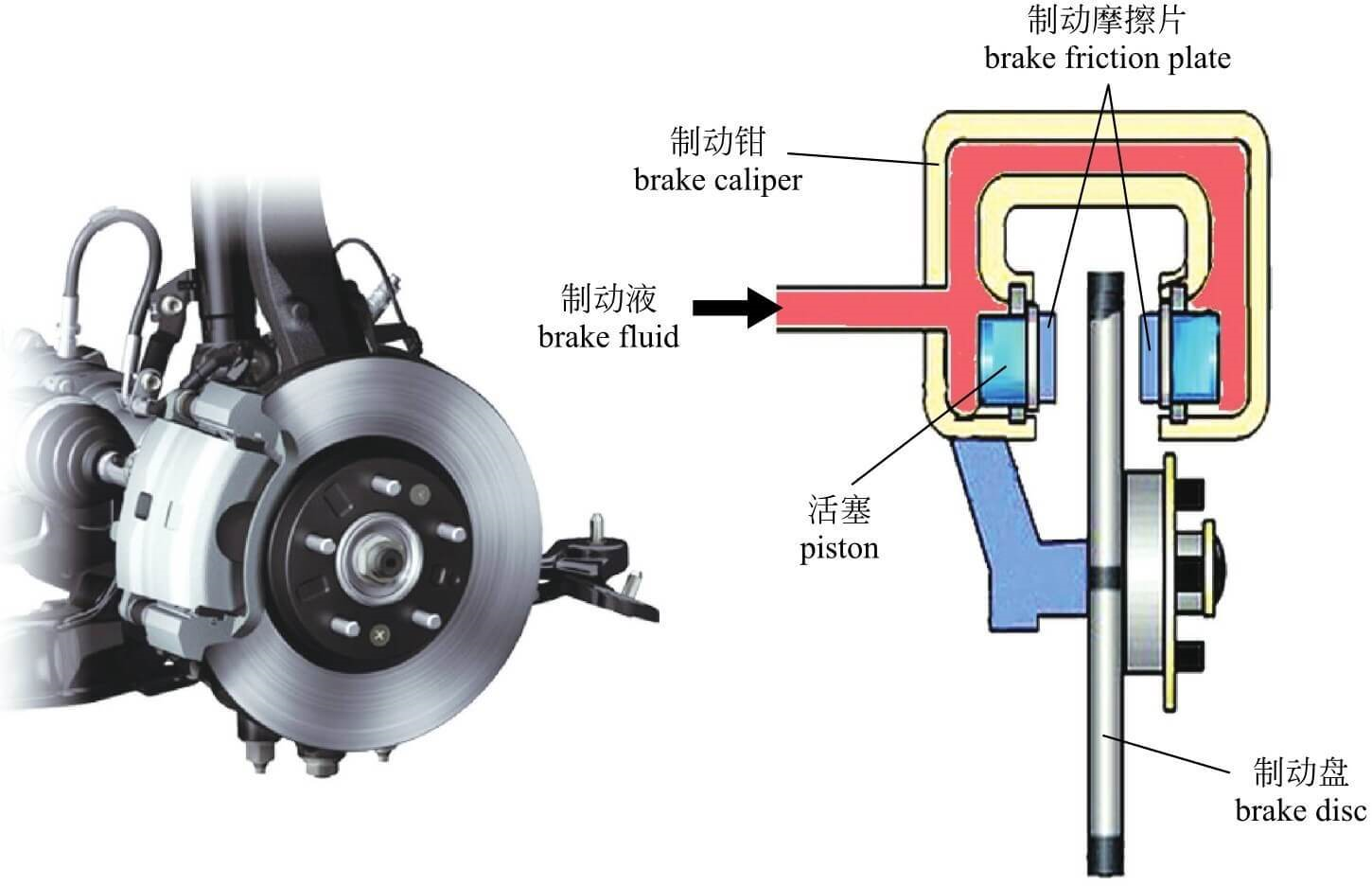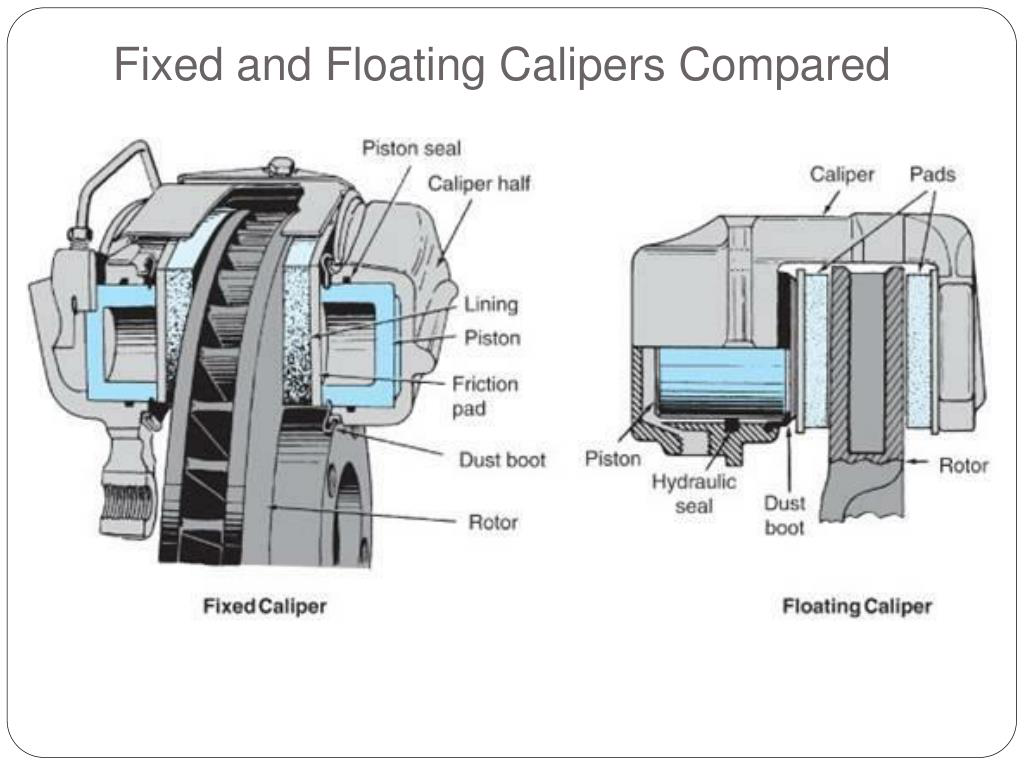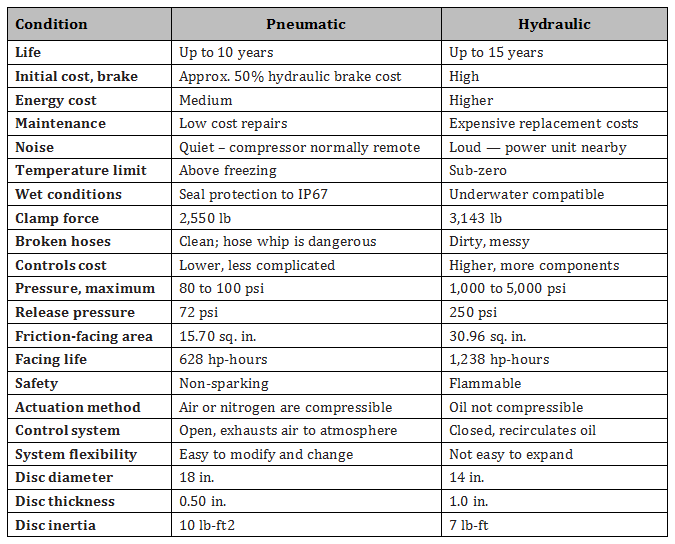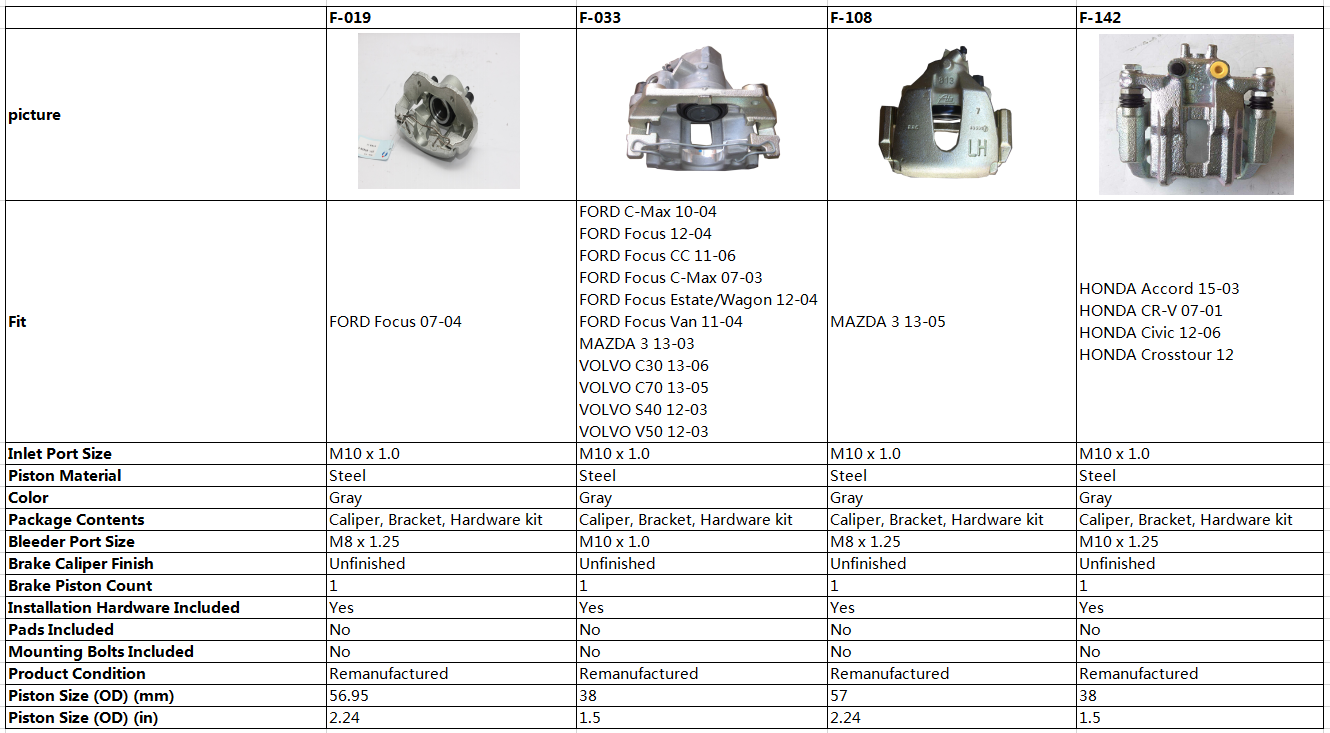What Factors Will Reduce the Service Life of a Brake Caliper?
1.Excessive Use
In the event of excessive use of a vehicle, the heat generated from the braking system can weaken and break down seals inside the calipers and cause the failure of the caliper.
2.Improper Maintenance
As time goes by, a brake caliper may become rusty or dirty, which calls for frequent and proper maintenance. Improper maintenance will speed up the death of a brake caliper.
3.Substandard Material
The aging process of substandard tubes, pistons, and seals will make them decay in a faster way which may lead to brake fluid leakage and other problems.
What Evidences Potential Failure of a Brake Caliper?
The breakdown of a brake caliper can be reflected by a host of indications. The brake and the brake caliper should be checked immediately in the event of one of the following.
1. The brake continuously squeaks, squeals or grinds.
2. The warning light of the brake or antilock braking system (ABS) is on.
3. The car jerks or pulls to one side when the car brakes.
4. The brake will not work properly unless you slam on it.
5. The brake pedal feels unusually soft or hard.
6. Brake fluid leakage is noticed around the wheels or the engine compartment.
How Are Brake Calipers Supposed to Be Maintained?
Carrying out maintenance for brake calipers can effectively lengthen their service life, prevent the occurrence of potential failure and guarantee the safety of the car and the driver. Maintenance is suggested to be performed on the brake caliper at intervals of 4 to 12 weeks, depending upon the frequency and duration of the operation. General maintenance should include the following aspects:
Check both brake levers for easy of movement.
Clean all bearings and glide points
Lubricate all bearing and glide points.
Check to ensure that the brake pads do not rub against the brake disc when the brake caliper is open.
Check for fixed bolt / screw connections:
Brake caliper to the machine component
Brake chamber to caliper-lever arm
Brake pads to caliper-lever arm
Check the following for proper seal/leaks:
Brake chamber
Hose connection
Checking brake pad wear:
Brake pad material must have a thickness of at least 6 mm (from the top surface of the brake pad to the top surface of the steel mounting plate).
How to Change a Brake Caliper?
As time goes by, calipers risk rusting or getting locked in place which can make brakes freeze up or squeal. Immediate replacement is of vital importance to driving safety. Here are some steps that are suggested to follow when a brake caliper is to be changed.
Remove the Original Brake Caliper










